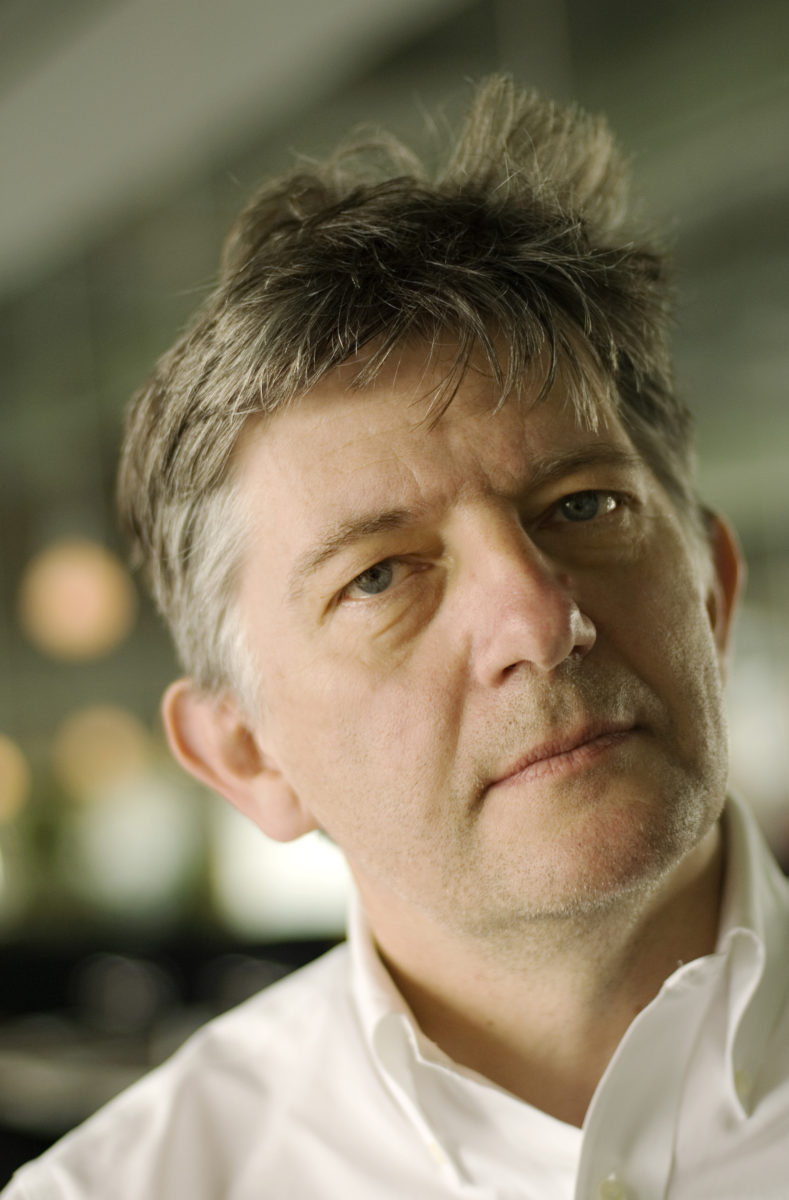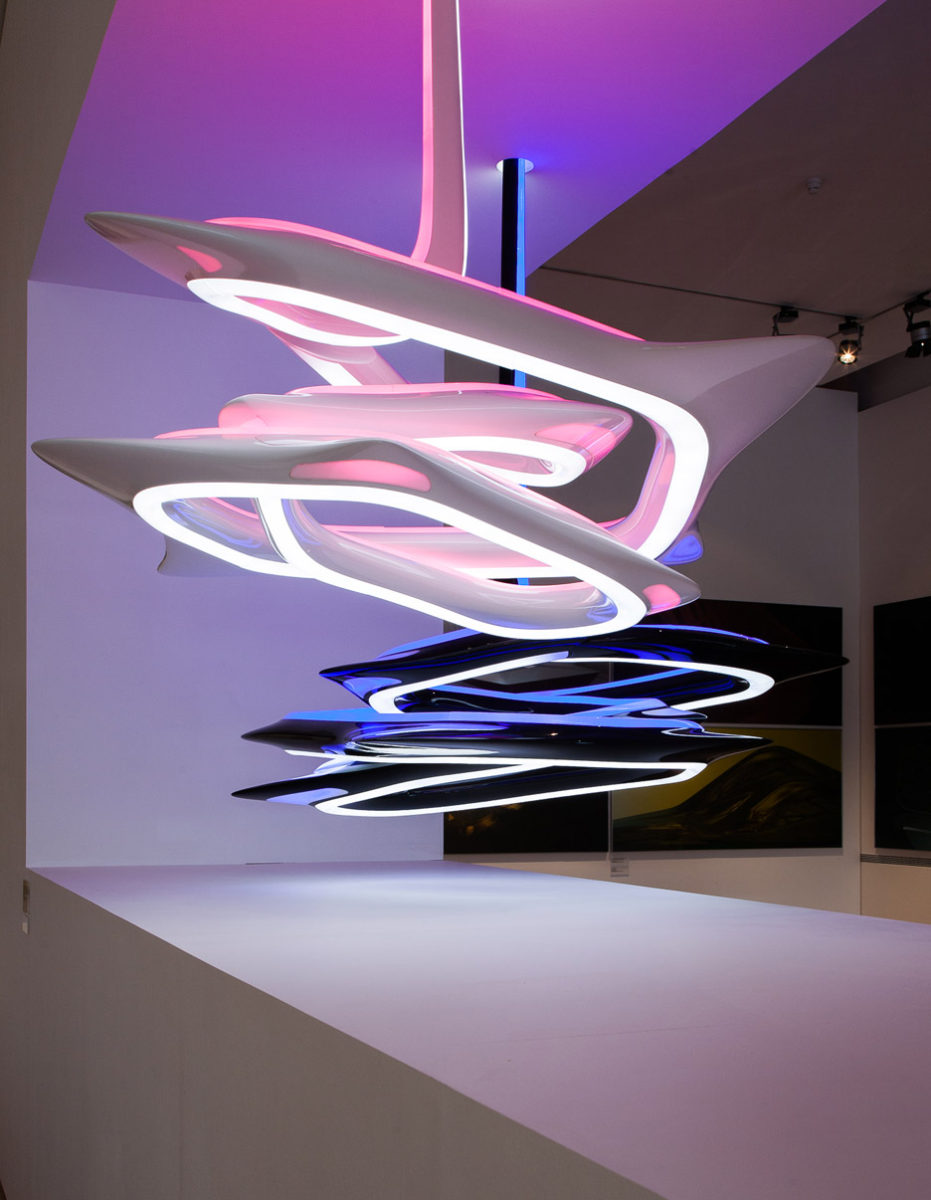Deyan Sudjic: Writer & Director Of The Design Museum
By Something CuratedLondon native, Deyan Sudjic studied architecture in Edinburgh. Soon after, he went on to edit the architecture and design magazine Domus in Milan. In between co-founding British design-focussed magazine Blueprint in 1983 with Peter Murray and working as the architecture critic for The Observer since 2000, he has written numerous books on design and architecture. His diverse titles include B is for Bauhaus and monographs on John Pawson, Jan Kaplický and Memphis architect Ettore Sottsass. His latest output, The Language of Cities, attempts to define the 21st Century city by examining the differences between capitals and the rest, in an effort to understand how people identify with these metropolises. Drawing examples from across the globe, Sudjic decodes the underlying forces that shape our cities, such as resources and land, to the ideas that shape conscious elements of design, whether of buildings or of space.

Notably, Sudjic has been Director of London’s Design Museum since 2006. This week, the prolific writer and curator, who was made an OBE in 2000, unveils the institution’s new and highly anticipated £83m Pawson-designed space in the former Commonwealth Institute in Kensington. The Design Museum was established by designer Terence Conran and journalist Stephen Bayley to highlight the importance of industrial design to contemporary culture. Originally housed in the basement of the V&A, the museum moved into a converted banana warehouse at Shad Thames in 1989, where it remained until June of this year.

Sudjic’s career has spanned journalism, teaching and writing, with previous posts including, the Dean of the Faculty of Art, Design and Architecture at Kingston University, visiting professor at the Royal College of Art, and co-chair of the Urban Age Advisory Board. In 2002, Sudjic was the Director of the celebrated Venice Architecture Biennale, posing the question, “What will architecture be like in the future?” Titled Next, the exhibition explored a temporal displacement between ideation and the designing of a building. Sudjic proposed that with the development of renderings, models and new technologies, it was possible to foresee the architecture of the nearest future, with a limited margin of error – a progressive approach at the time. The technologies explored enabled designers to select the geographical areas that could host the most innovative projects in the future, even though there might have been nothing significant there yet.

Since his appointment as Director of the Design Museum, Sudjic has presented the work of pioneering designers including Zaha Hadid, Paul Smith and Dieter Rams, and exhibits ranging from elaborate garments to a Formula One race car. Having recently completed a decade of service, Sudjic has meticulously built a successful team, bringing together designers, architects and curators, who have radically aided in the progression and growth of the museum over the years. The modernised Design Museum’s inaugural show presents eleven installations by some of the most innovative and thought provoking designers and architects working today, including OMA, Hussein Chalayan, Kenya Hara and Neri Oxman. These newly commissioned works explore a spectrum of issues that define our time, including networked sexuality, sentient robots, slow fashion and settled nomads.
On why design should be celebrated:
“For me design is a way to understand the world around us. It makes technology work, it’s a reflection of our culture as well as an economic engine. We see the Design Museum as a forum to explore the impact of the rapid changes that design is bringing to our society. The Design Museum is a museum that not only explores the objects around us but the ideas that will impact the future of how we live.” – Design Museum, 2016
On the influence of Ian Nairn:
“Ian Nairn was an inspiration and a writer who helped us see both the mundane and the glorious in cities and in architecture differently. He was my predecessor as The Sunday Times architecture critic. My first job was to write his obituary. He wrote beautifully – his phrase about Hawksmoor’s marvellous Christ Church in Spitalfields as “doomed and grimly magnificent” still rings in my head. Thankfully the church survived.” – It’s Nice That, 2016
On the future of the Design Museum:
“Before Tate Modern was built there was a sense that contemporary art was at the periphery of things, on the edge and even seen as not relevant to British life. It has changed so much. We can do that with design as well.” – Arts Journal, 2016
On Zaha Hadid: Architecture and Design, 2007, at the Design Museum:
“Zaha had not had a major retrospective in the UK at this point. I think that the Design Museum actually did a better job in 2007 than the Guggenheim did with their show the year before. We had a real hit on our hands; the museum was crammed with people all the time and we had an audience who had never been to an architecture show before itching to get through the doors.” – Dezeen, 2016
On the interior design of his home:
“It’s a tall, thin house and the walls are white. The one thing we did to make the house feel connected was to use the Dinesen Douglas fir floorboards John Pawson uses in his interiors. I collect chairs — so in the living room we have a Charles and Ray Eames lounge chair, a Bertoia side chair from Knoll and a Le Corbusier/Charlotte Perriand chaise longue for Cassina. In the dining room we have a Barca dining table by Piero de Martini for Cassina, and Hans Wegner Wishbone chairs.” – Evening Standard, 2015